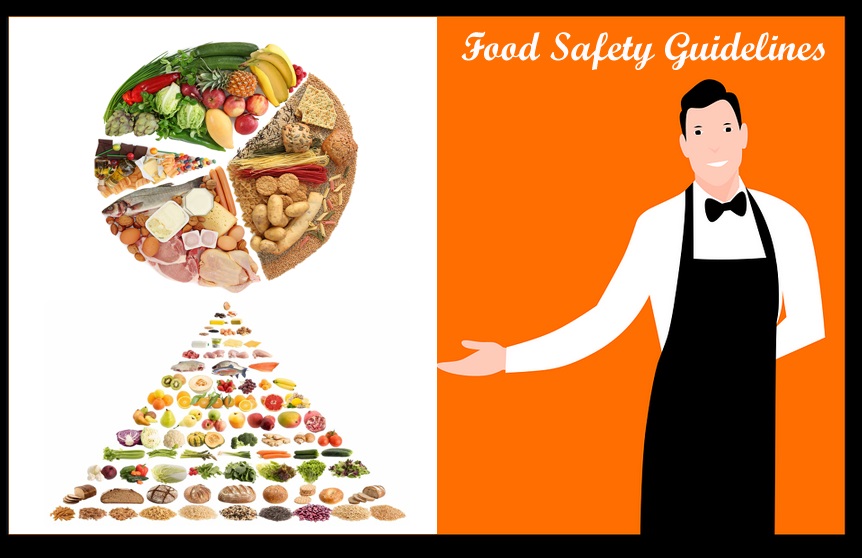
The purpose of food safety regulations is to help prevent food-borne illnesses and guarantee that food is safe to consume. Here are a few illustrations:
- Cleanliness: Before and after handling food always wash your hands and surfaces.
- Separate: To avoid cross-contamination, keep raw meat, poultry and shellfish away from other foods.
- Cook: To kill hazardous bacteria, food must be cooked to the right temperature. Check the interior temperature of meat, poultry and fish using a food thermometer.
- Chill: Refrigerate food at 40°F or less to stop the formation of dangerous microorganisms.
- Store: To preserve freshness and avoid contamination, store food in sealed containers.
- Prevent cross-contamination: To prevent cross-contamination by keeping cook food away from raw food and wash cutting boards, cutlery and dishes thoroughly both before and after each use.
- Cook food thoroughly: Food should be cooked thoroughly to kill bacteria and parasites. This applies to meat, poultry and shellfish.
- Maintain temperature of hot food hot and cold food cold: The temperature should be maintained of hot food at or above 140°F and the temperature of cold food at or below 40°F.
- Utilize a food thermometer: To guarantee that meats, poultry and casseroles are cooked to a safe internal temperature, use a food thermometer to monitor their internal temperature.
- Be alert of food recalls: Keep up-to-date on food recalls by frequently visiting the FDA website and according to your local health department’s recommendations.
- Avoid high-risk foods: Certain foods include raw or undercook meat, poultry, eggs, fish and shellfish, raw sprouts, unpasteurized dairy products and some types of fruits and vegetables, are more likely to contain harmful bacteria, viruses or parasites and should be avoided or thoroughly cook before consumption.
By adhering to these recommendations, you may help guarantee that the food you make and consume is secure and devoid of dangerous pathogens.









